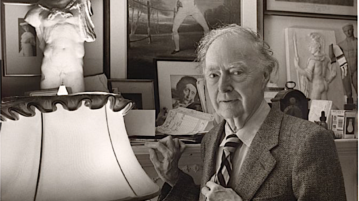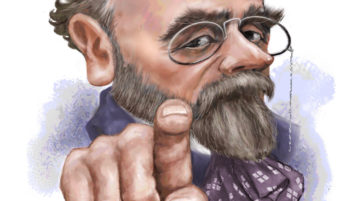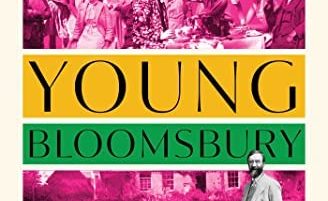
The Breakaway Generation
Ocampo’s conclusion is poignantly bittersweet: “the survival of the second-generation gay men took the form of suppression, assimilation, and overachievement.” However, these are the brown gay men who have succeeded.
MoreJan-Feb 2023

Ocampo’s conclusion is poignantly bittersweet: “the survival of the second-generation gay men took the form of suppression, assimilation, and overachievement.” However, these are the brown gay men who have succeeded.
More
JAMES PURDY Life of a Contrarian Writer by Michael Snyder Oxford Univ. Press. 456 pages, $34.95 IT SEEMS to be the fate of any article discussing James…More

The Italian Invert is an important addition to the field of queer studies. The Italian’s story—full of despair, confusion, narcissism, sexual yearning, snobbery, and ultimate self-acceptance—is as compelling as it is candid. Moreover, as editor Michael Rosenfeld points out, Zola’s collaboration with Saint-Paul was an extraordinary example of “goodwill and courage,” even though both men struggled to understand the complete reality of homosexuality.
MoreIN 1967, Nicola De Bartolo appeared before Italy’s Supreme Court of Cassation. She was appealing a conviction for “wearing a mask in a public place.” Unbeknownst to De Bartolo,…More

An interview with author, Marshall Moore.
MoreIf we are to truly honor all of the Nazis’ LGBT victims, we must not only continue to bear witness to their suffering but also commit to combating the ideologies, policies, and laws that robbed them of their humanity and ultimately their lives. International Holocaust Remembrance Day is a call to remember and also to act.
MoreIntro to the January-February 2023 Issue.
MoreThe image selection for the cover of the catalog, a recent self-portrait by Senegalese photographer Omar Victor Diop, captures some of the exhibit’s themes. The photograph is a re-imagining of a late 18th-century painting by the French romanticist Anne-Louis Girodet de Roussy-Trioson, of a portrait of Jean-Baptiste Belley, a formerly enslaved person from Saint-Domingue who gained his freedom and fought in both the American War of Independence and the Haitian Revolution.
More
There were two Bloomsburys: the one that began in 1906 at Cambridge University when John Maynard Keynes, the eminent economist, and Lytton Strachey founded a discussion society called The Apostles, in which great minds talked about ideas with handsome young undergraduates; and the one that resumed after World War I, when a new generation (who were part of, but not co-extensive with, the “Bright Young Things”) emerged.
More